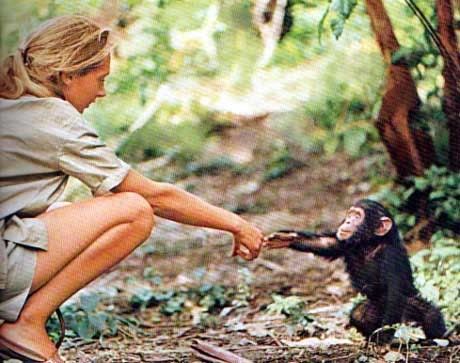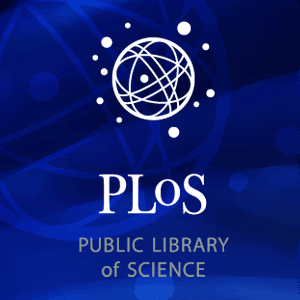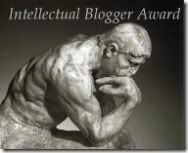Primatologist and UN Peace Messenger at Duke University

Jane Goodall bridged the divide between two species.
Image: Hugo van Lawick
The primatologist and neuroscientist Robert Sapolsky once wrote that, when he grew up he wanted to be a mountain gorilla. Me, I wanted to be a chimpanzee. His inspiration was Diane Fossey, but I was always most interested in the work by that other cover girl of National Geographic. As I’m sure was the experience for many of us, Jane Goodall was the only scientist I had ever heard of when I was growing up (I wouldn’t discover Carl Sagan until much later). Her friendly manner and relaxed charm was a stark contrast to the cold and cerebral stereotype of Hollywood films.
So it was a great pleasure to finally hear her speak in person after a lifetime of listening to her voice from the old, tinny speakers of my family’s television. As one of the 300 speaking engagements she’ll make this year alone, Dr. Goodall addressed the Duke University campus with a message that was both a warning and an encouragement.
Covering a wide variety of topics -- from her childhood love of animals, to chimpanzee psychology, to industrial farming to global warming -- her presentation was a mixture of great challenges for this generation along with her own story of how she overcame personal adversity. However, I felt her greatest strength was in relaying the interrelated problems of globalization in such a way as to make it both accessible and revealing. She impressed upon the students and faculty in attendance that we privileged elites of the world were primarily responsible for the harmful effects imposed on the developing nations through our wasteful and insatiable consumer appetites. Since we insist on saving a dime for our coffee, another acre of rainforest is burnt in order to turn a profit. While we’ll offer billions of dollars to our allies for weapons of war, we’ll balk at microcredit programs that offer the greatest potential to raise families out of poverty.
However, she was confident that our generation would rise to the challenge. Through her Roots and Shoots program they’ve initiated a program to import shade grown coffee from the highlands of Tanzania that saves both the rainforest and offers poor farmers a living wage. Likewise, by following in the lead of the Grameen Bank (last year’s Nobel Peace Prize recipient), small loans are offering the villagers around Gombe an incentive to preserve their national heritage in a way that avoids the colonial attitude of earlier aid organizations. By explaining both the large scale problems as well as the small scale solutions, the unorganized mess of our global crisis was synthesized into a digestible whole.
It’s rare to have someone present a host of world problems that feel nearly overwhelming in their magnitude and yet to walk away feeling inspired and, dare I say it, hopeful. But such is the magic of Jane Goodall. I’ll still always remember her as she was in my youth, walking through the underbrush with her binoculars around her neck and blonde hair pulled back in a hurried bunch. The Gombe chimpanzees she introduced to the world (Flo, Fifi, Freud, Goblin, and, of course, David Greybeard) were my first introduction to a line of research that would eventually consume my thoughts. While now I want to grow up to be a bonobo, I’ll never forget the woman who first showed me how wonderful it is to be an ape.
UPDATE: Sheril at The Intersection offers her perspective on Goodall's message of hope in her latest post.


















2 comments:
Jane Goodall continues to inspire me too!
Well done tribute. I too want to grow up to be a bonobo, preferably one living at the San Diego Zoo where they seem to have it pretty easy... oh wait, I want to grow up to live with Kanzi & co - they have DVDs and computers. Way better.
Post a Comment